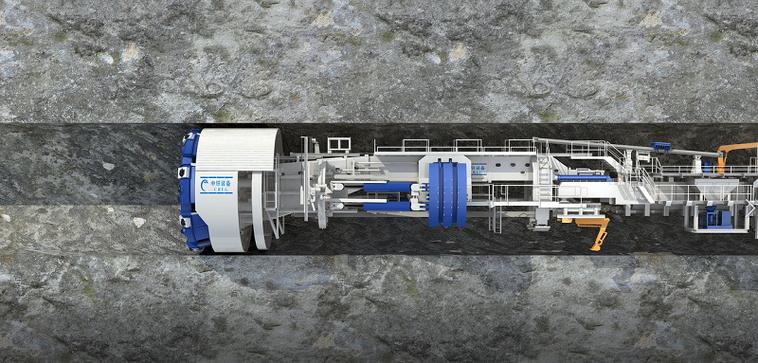How far can a TBM go in a day? Tunnel Boring Machines (TBMs) are engineering marvels designed for rapid and efficient underground excavation. Their daily progress depends on factors like geology, machine type, and operational efficiency. Below is an analysis based on real-world projects and technical data.
Under typical conditions, a TBM can advance around 15 metres (roughly 50 feet) per day. However, this rate can vary depending on factors such as the geology, machine design, and operational conditions. In some cases, progress may be slower due to complex ground conditions or faster in more favorable environments.

1. Typical Daily Progress Range
- Average Daily Distance: Under favorable conditions (stable geology, optimized workflows), modern TBMs typically advance 15–30 meters per day.
- Peak Performance: In ideal scenarios (soft rock or homogeneous strata), TBMs can achieve 40–50 meters/day for short periods. For example, the "高加索" TBM in Georgia’s Gudauri Tunnel achieved a monthly record of 426 meters (≈14.2 meters/day average), with bursts of higher daily output.
2. Record-Breaking Cases
- China’s Tongcheng Pumped Storage Power Station: The "桐心号" TBM set a daily record of 42 meters and a monthly peak of 706 meters (≈23.5 meters/day average), demonstrating exceptional performance in hard rock conditions.
- Nepal’s Sunkoshi Marin Tunnel: A dual-shield TBM achieved five monthly milestones exceeding 1,000 meters (≈33.3 meters/day average), highlighting sustained high output in mixed geology.
3. Factors Limiting Daily Progress
- Geological Challenges: Hard rock (e.g., 130 MPa strength in Georgia’s Gudauri Tunnel), gas surges, and groundwater require slower, cautious excavation.
- Operational Delays: Maintenance (e.g., cutterhead repairs), logistics (material transport in remote areas), and ventilation adjustments reduce net working time.
- Machine Design: Larger-diameter TBMs (e.g., 6.4 m in Nepal) may sacrifice speed for stability in complex strata.
While TBMs can theoretically exceed 50 meters/day in optimal conditions, real-world averages remain lower due to geological and operational constraints. Recent projects show that with advanced engineering and adaptive strategies, daily progress is steadily improving, pushing the boundaries of underground construction.




